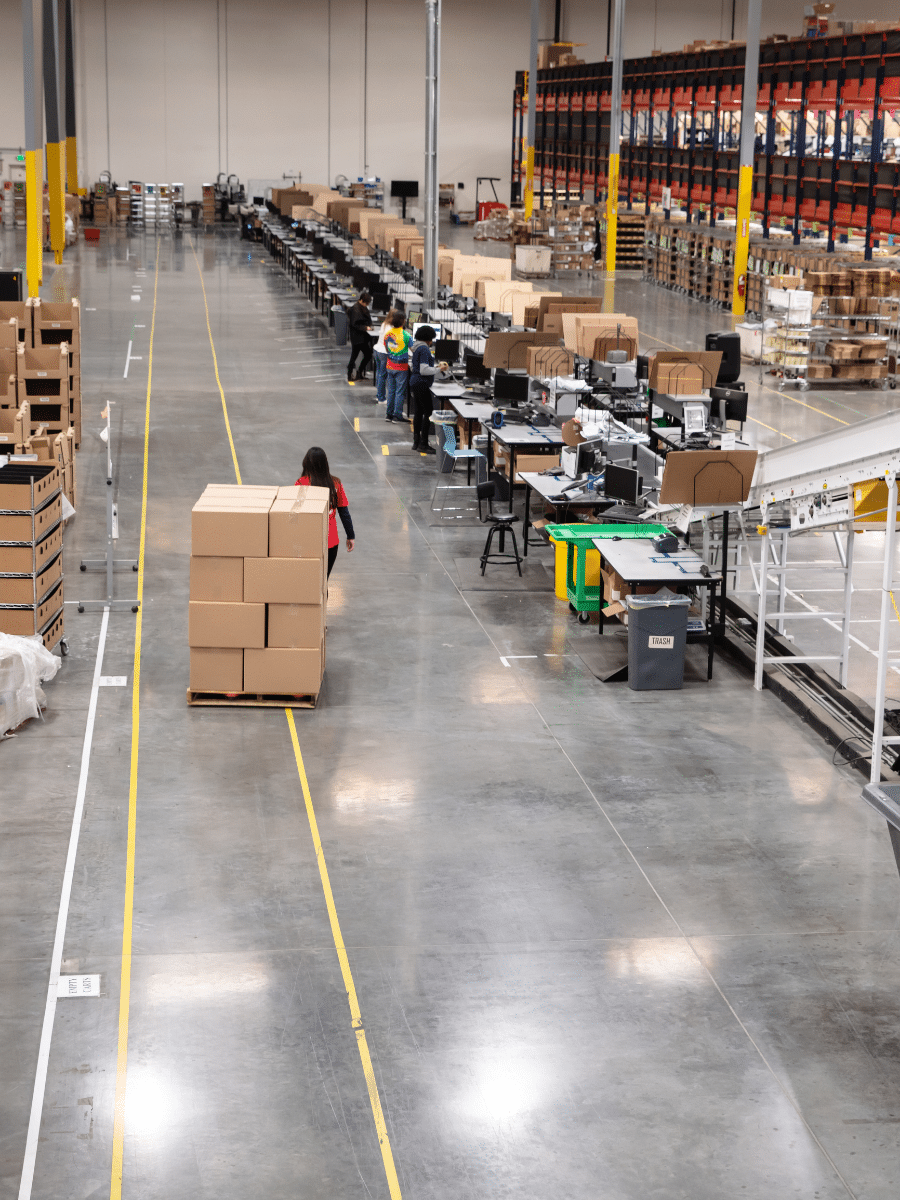Distribution planning and execution tools are the bread and butter of warehouse operations. Without these tools in place, it would be difficult to move goods from point A to point B in a timely and efficient manner. Without such tools, businesses may find themselves struggling to keep up with customer demand, leading to lost sales and dissatisfied customers.
Fortunately, there are several software applications available that can help businesses manage their distribution operations. By using these tools, businesses can ensure that they are delivering the right products to the right customers at the right time.
In this article, we will explore some of the most common distribution planning and execution tools used in warehouses today.
A distribution planning and execution tool can help a company manage its distribution operations by helping to plan and track shipments, optimise delivery routes, and manage inventory levels. This can help ensure that the company is delivering the correct products to the correct customers at the correct time. Distribution planning and execution tools can be used by companies of all sizes, but are most commonly used by larger companies that have more complex distribution operations.
Several different software applications are available and can be used for distribution planning and execution. Some of these applications include:
- shipment tracking software
- route optimisation software
- warehouse management system
- inventory management software
Each of these applications can help a business manage its distribution operations differently. For example, shipment tracking software is a program that helps you track your packages as they are sent to you. This way, you can see where they are and when they will arrive. There are many different types of these programs available, so it is important to find one that fits your needs.
When looking for a shipment tracking program, there are a few things to keep in mind. First, you need to make sure that the program is compatible with the carrier you use. Second, you want to make sure that the program is easy to use. Lastly, you want to make sure that the program offers tracking for multiple carriers.
Route optimisation software can help optimise delivery routes to ensure that products are delivered as quickly and efficiently as possible. The software helps you to find the best way to get from one place to another. It takes into account factors such as the type of vehicle you are using, the weather, traffic conditions and the road conditions. It can also help you to avoid congestion charging zones and find the cheapest fuel prices.
There are several route optimisation software packages available, some of which are free and some of which are paid for. The free ones tend to be less comprehensive, but they can still be useful. Paid-for route optimisation software will often give you more features and options, such as the ability to create custom routes, add multiple destinations and get turn-by-turn directions. They may also provide live traffic updates and allow you to save your routes for later use.
When choosing a route optimisation software package, it is important to consider your needs and budget. If you only need a basic package, then a free one may be sufficient. However, if you need more comprehensive features, then you may need to spend some money on a paid-for package.
A warehouse management system can help with tasks such as keeping track of where things are in the warehouse, what needs to be restocked, and what needs to be shipped out. A good warehouse management system can be a big help to a business, making sure that things run smoothly and that the right products get to the right places on time.
There are many different kinds of warehouse management systems on the market, so you should look for a system that is easy to use and that has all of the features that you need. You should also make sure that the system is compatible with your other software systems. If you’d like to learn more about how a warehouse management system may benefit your company, please contact us.
Inventory management software helps you keep track of the products in your store and how many of each product you have. This may assist you in determining what should be purchased more of, as well as ensuring that you don’t run out of anything that consumers want to buy.
There are a few things to consider when choosing inventory management software for your business. The first question you have to answer is whether you want a cloud-based or on-premise solution. Though cloud-based solutions may cost more, you can access your data from anywhere with this type of solution. On-premises solutions are typically less expensive, but they necessitate that your server is on-site to host the software.
The next thing to consider is the features that you need. Some inventory management software solutions offer more features than others. For example, some solutions may offer barcode scanning while others may not. Most solutions have functionality such as inventory monitoring, low stock warnings, reporting on inventory fluctuations, ordering and receiving of goods, and integration with your accounting software.
It’s important to choose a solution that has the features you need to make managing your inventory as easy as possible.
The right distribution planning and execution tool for a business will depend on the specific needs of the business. For example, a small business with a simple distribution operation may only need shipment tracking software, while a large business with a complex distribution operation may need all four of the aforementioned applications. Ultimately, it is up to the business to decide which distribution planning and execution tool will best suit its needs.
Distribution planning and execution tools can be purchased from a variety of vendors. Some vendors specialise in one type of distribution planning and execution tool, while others offer a suite of tools that can be used for distribution planning and execution.
When selecting a vendor, it is important to consider the specific needs of your business and to choose a vendor that offers the right tool (or suite of tools) for your situation. If you would like to explore any of these tools further then please get in contact with us.



